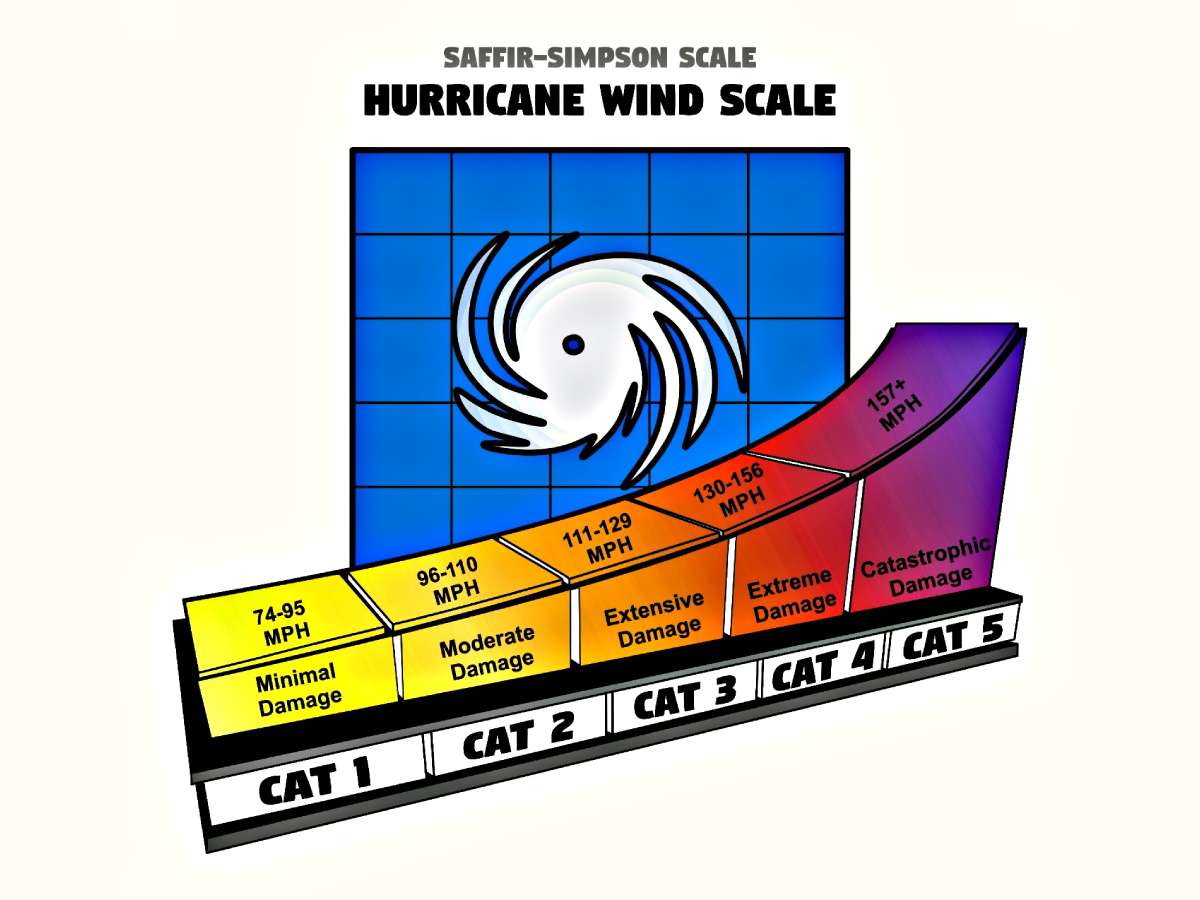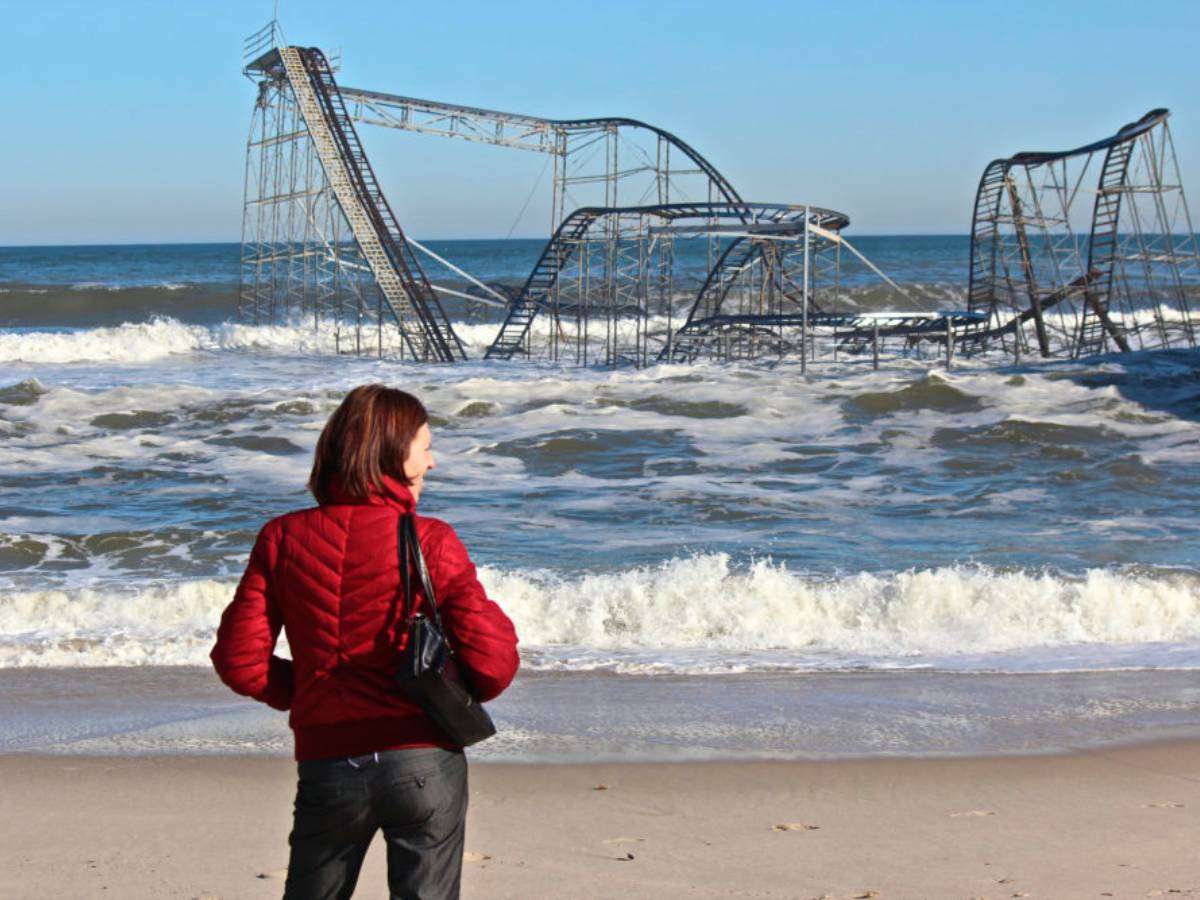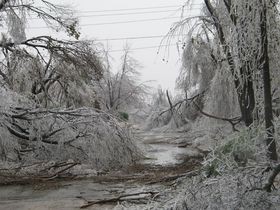 Rain and sleet are not just a driving hazard. Ask anyone living from Portland to Washington D.C. about what happens when a relentless ice storm comes to town.
Rain and sleet are not just a driving hazard. Ask anyone living from Portland to Washington D.C. about what happens when a relentless ice storm comes to town.
Sure, there are a lot of ice storm traffic accidents. But the biggest problem with ice storms is they usually mean electrical power goes out over a large area.
Losing your electrical power for a few hours, or even a day is an inconvenience. On the other hand, losing power for 2 weeks or longer can be a very costly and damaging event for many homeowners.
Structural Problems
When basements go without heat in below-zero weather, frost will push in on the basement walls creating cracks — possibly bad enough to require reconstructing the wall.
As shown in this video, ice storm damage can be expensive to repair.
Food Supplies
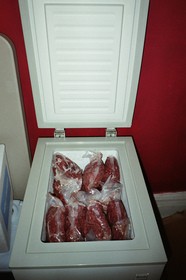 Food may last a day, or maybe 2 days, in a closed refrigerator without power. After that, any food that is left will be unsafe to eat.
Food may last a day, or maybe 2 days, in a closed refrigerator without power. After that, any food that is left will be unsafe to eat.
Don’t forget that chest freezer loaded with half a side of beef or last fall’s venison! All that expensive meat will go to waste without electrical power.
In northern Minnesota where I live, if the power goes out, we throw another log on the wood stove and after a day or so move the perishable food out into the garage, because keeping things thawed out is a bigger problem then keeping them frozen. Here in Duluth, ice storms have done some spectacular damage. In 1991 ice buildup during a storm caused the WDIO 600-foot TV transmitting tower to collapse into a pile of twisted wreckage!
Alternative Heat Sources
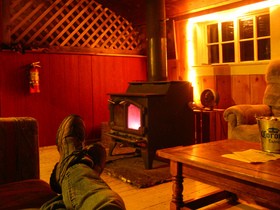 Those in areas prone to in between weather — not really winter, but not really spring — should plan ahead for winter ice events. Before you’re shivering wrapped in a blanket wondering how long the blackout will last, you should have a second source of heat available that will heat your house enough to protect water lines and foundations, while at the same time keeping you warm enough to be comfortable.
Those in areas prone to in between weather — not really winter, but not really spring — should plan ahead for winter ice events. Before you’re shivering wrapped in a blanket wondering how long the blackout will last, you should have a second source of heat available that will heat your house enough to protect water lines and foundations, while at the same time keeping you warm enough to be comfortable.
Every year people die from trying to stay warm with unsafe heating devices. An un-vented source of heat, such as your cooking stove or a charcoal grill, will not only create a huge risk of fire, but it will also allow carbon monoxide to build up in your home. It’s an invisible odorless gas that will displace the oxygen. People exposed to this carbon monoxide will die very quickly.
Acceptable heat sources that don’t require any electrical power to operate are:
- Wood fireplaces or wood stoves
- Gas fireplaces
- Catalytic heaters that have a low-oxygen shutoff
- Certain kerosene heaters are reasonably safe to use, though they do have an odor that may be difficult to deal with
Power Generators
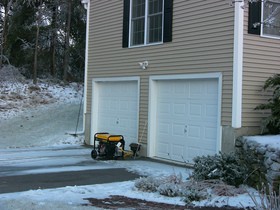 To keep your food safe, a portable generator is recommended. Always keep a running generator outside and far enough away from any windows that no exhaust fumes will penetrate into the house.
To keep your food safe, a portable generator is recommended. Always keep a running generator outside and far enough away from any windows that no exhaust fumes will penetrate into the house.
Never plug a portable generator into an outside wall outlet with the expectations of supplying power to the whole house. Run power cords direct from the generator to whatever appliances or electrical devices it will be powering.
Remember, those who are least affected by bad weather are those who plan ahead and are prepared for it. After all, you know it’s coming. Maybe not today, but it will come.

